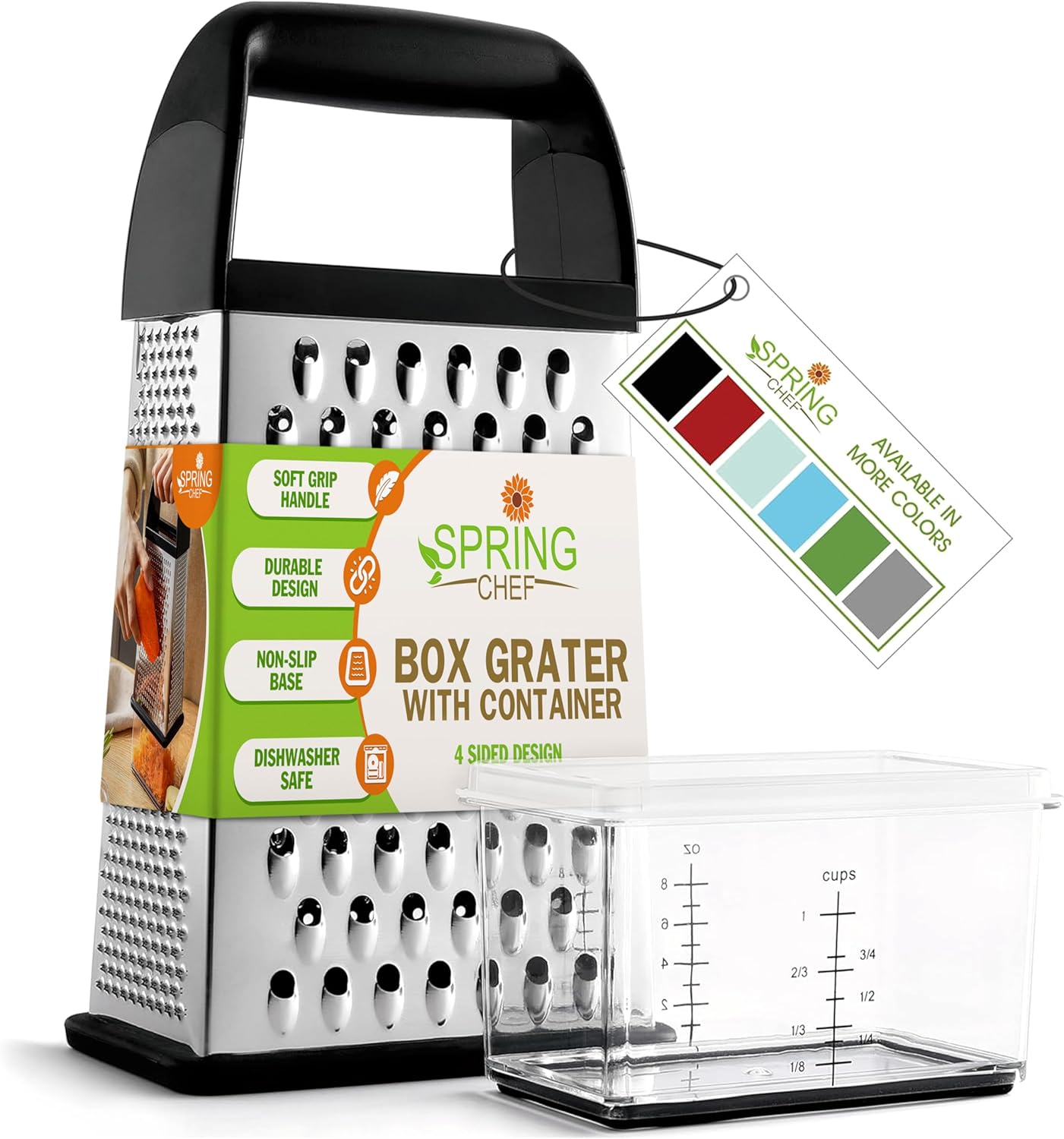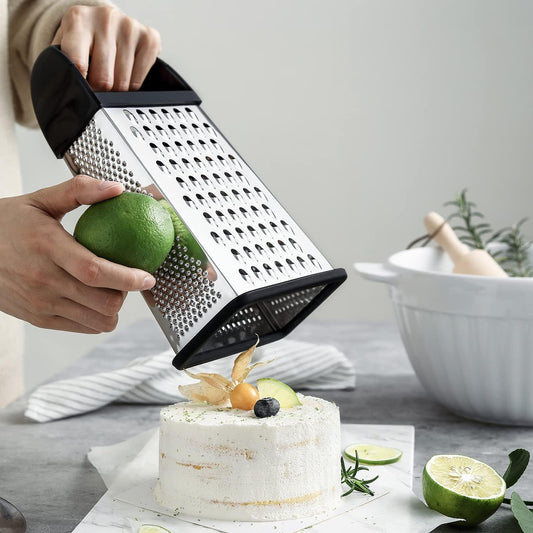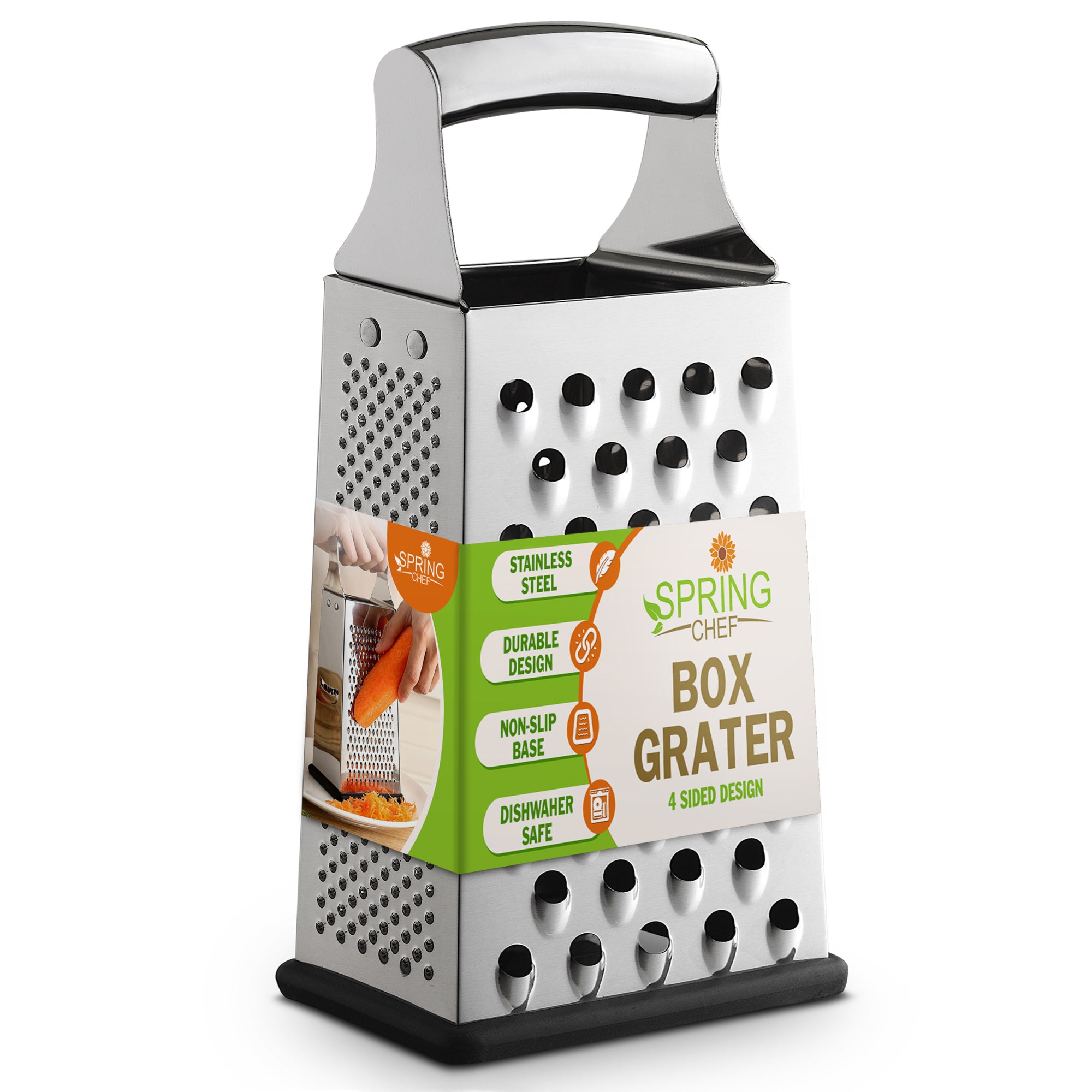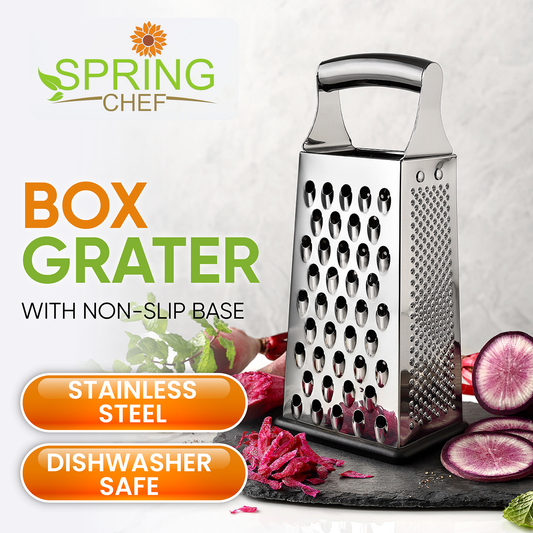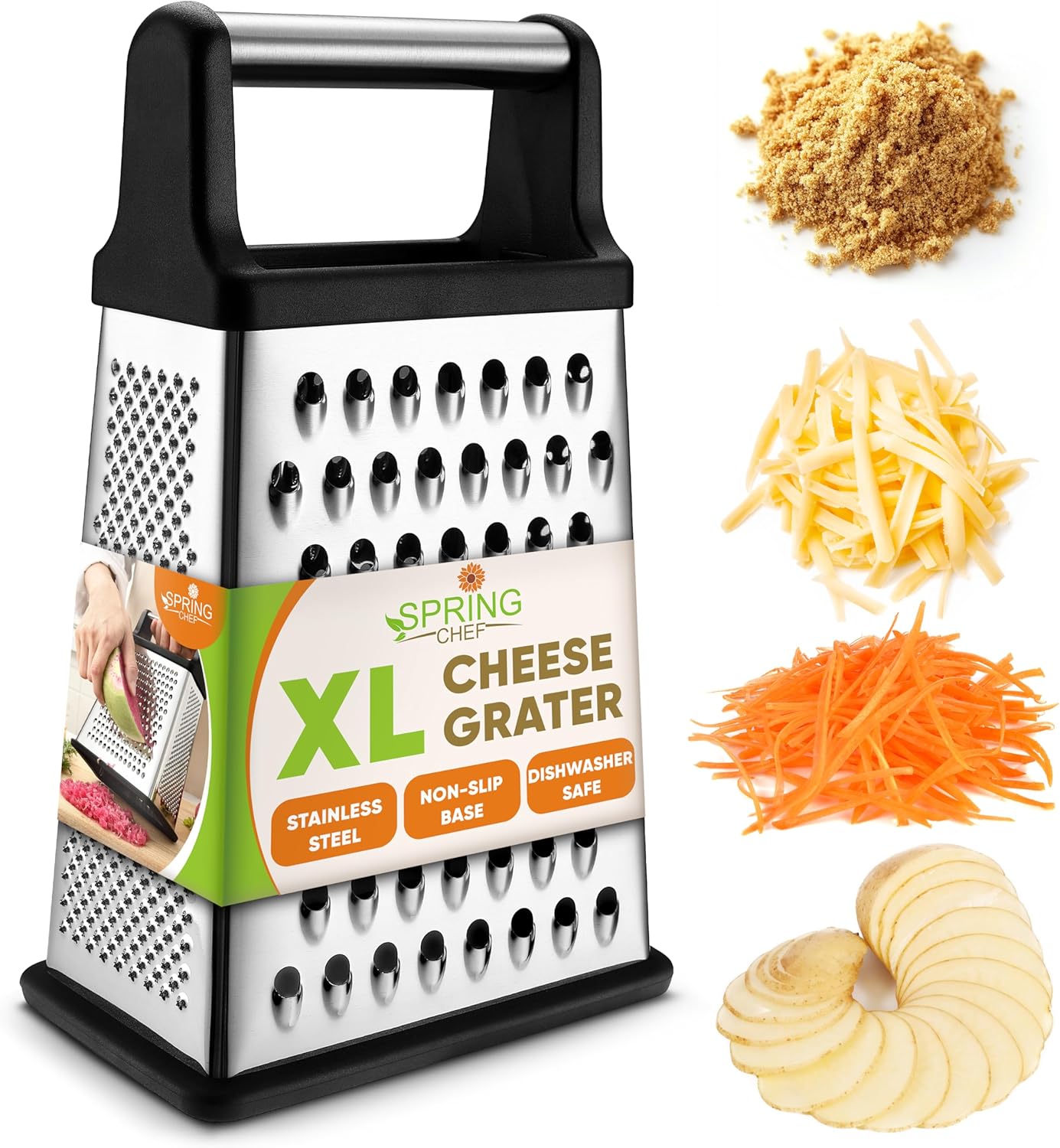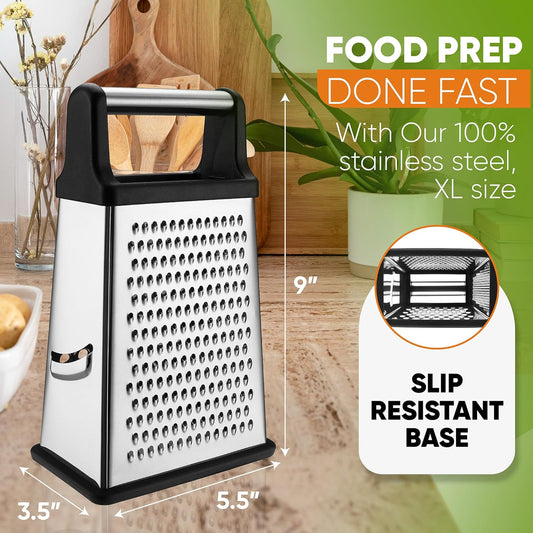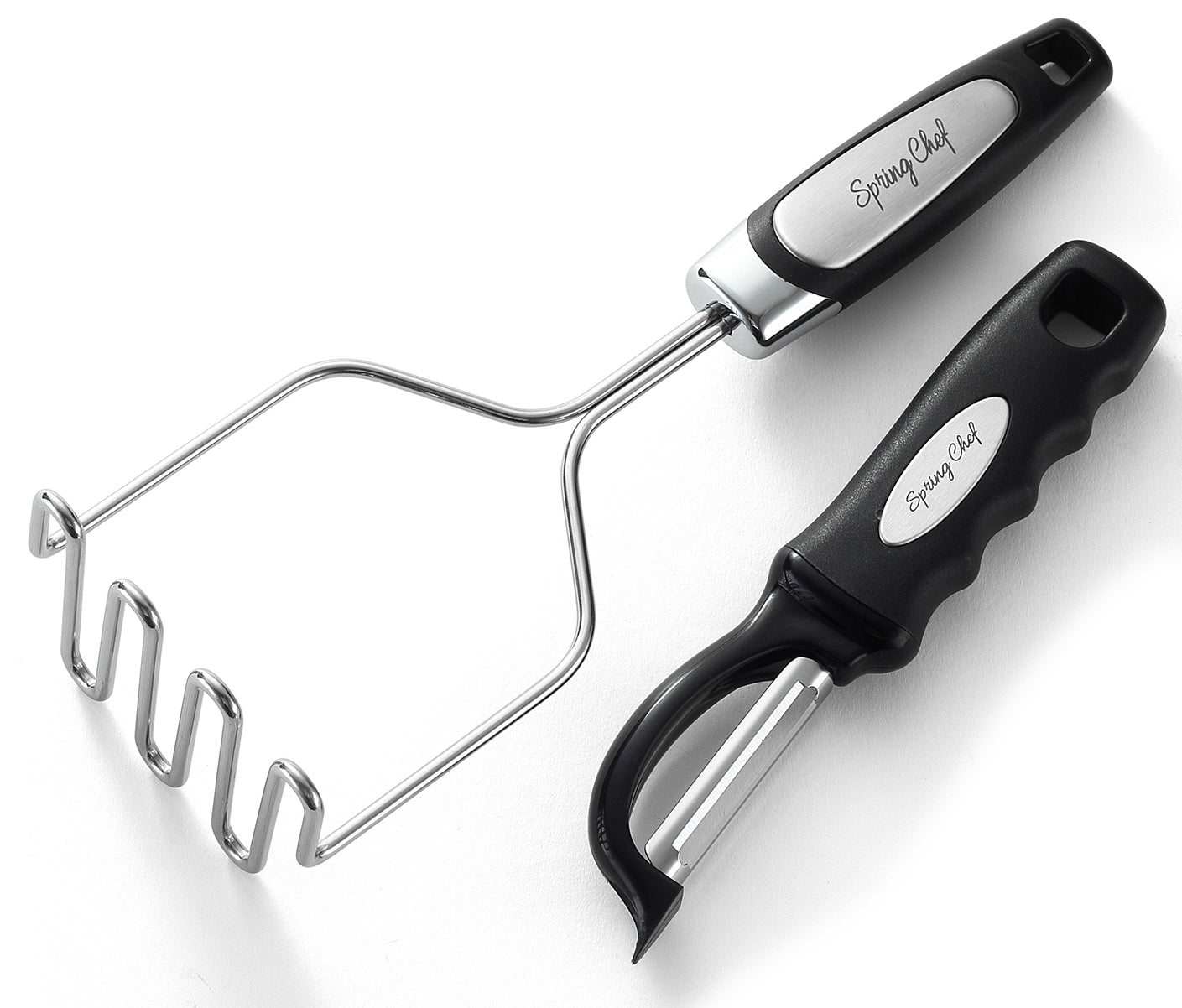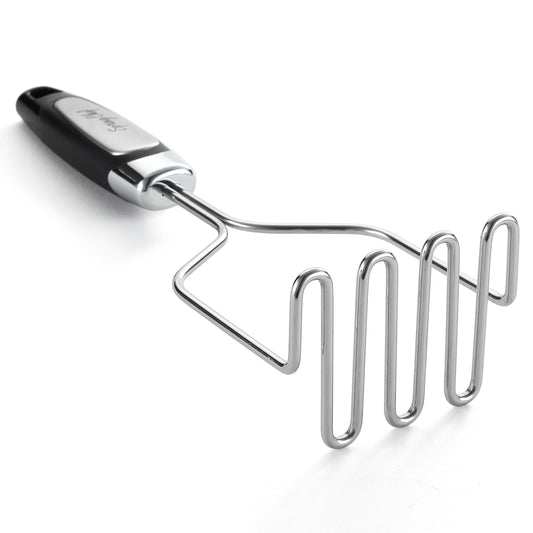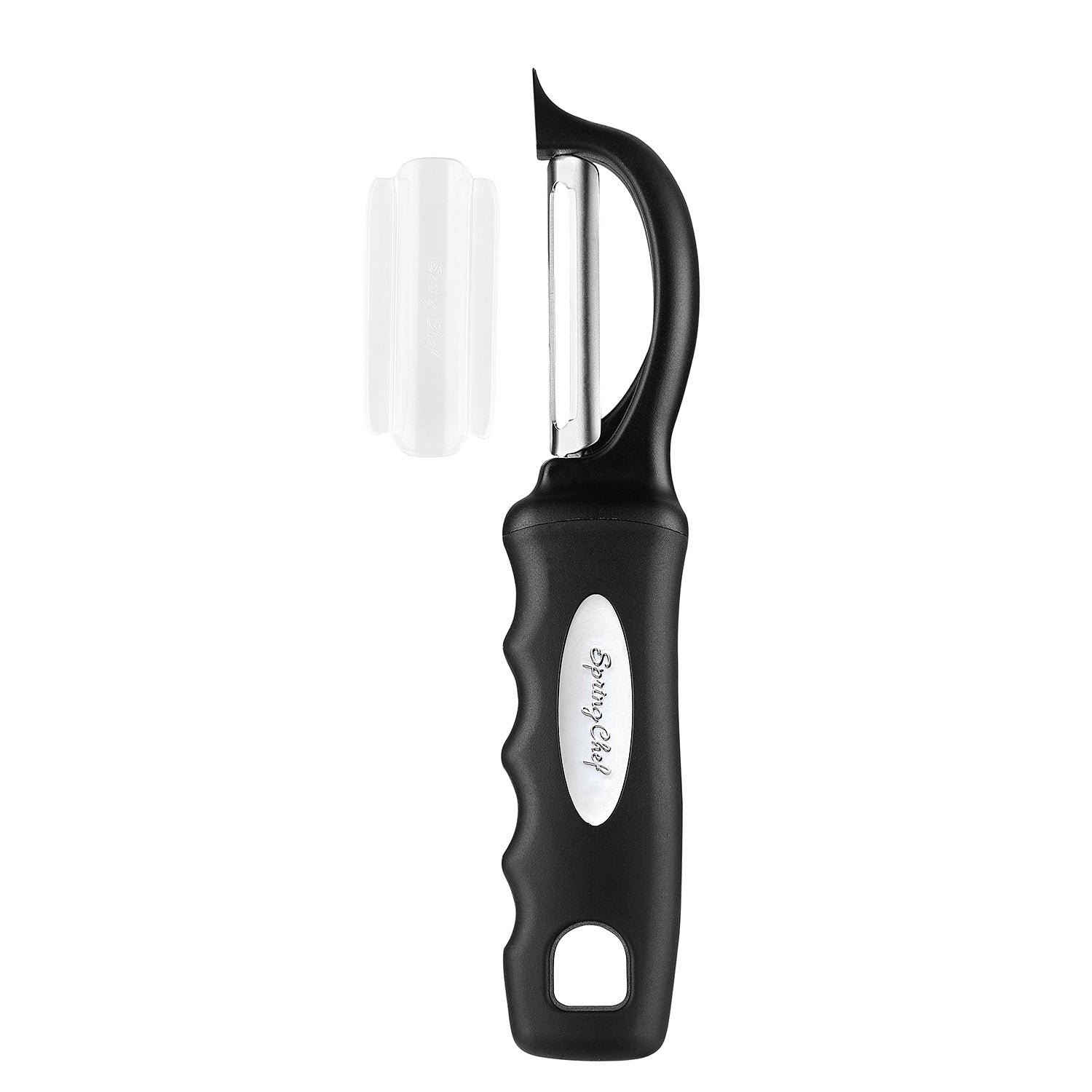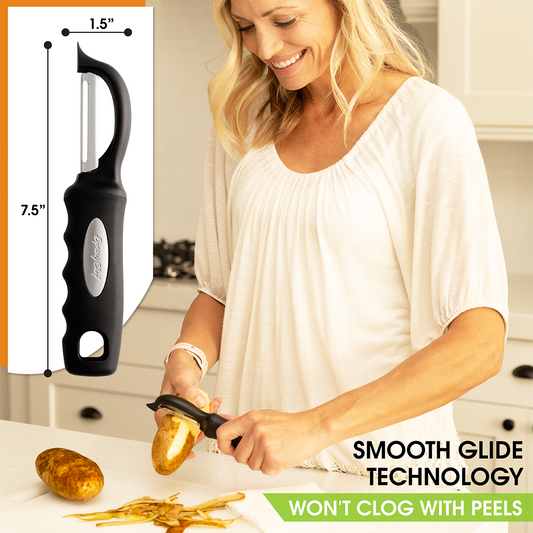Manual Kitchen Grater: A Staple in Every Home Kitchen
Most homes have a modern kitchen that is fitted with the latest gadgets that makes kitchen chores more manageable. Machines have taken over kitchen routines ranging from mixing dough to washing dishes, and much more. There seems to be little room for manual kitchen tasks these days. However, the kitchen machine revolution has not found a viable replacement for the good old manual grater.
Perhaps, the fact that only little quantities of vegs and nuts need to be grated per time makes the electric grater unappealing. It would be irrational to attempt to shred a piece of nutmeg with an electric grater designed to handle only large quantities. Today, the manual grater remains one of the essential items in the home kitchen.
Graters come in different designs, shapes, and sizes, ranging from box-like to slim elongated ones that resemble a metal file. There are also semi-automated rotary types that keep your fingers safe from accidental cuts from the razor-sharp perforations.
Types of Manual Grater
Here are the different manual kitchen grater options available in the market.
The Box Grater: Just as the name implies, the box grater takes the shape of a vertical-standing rectangular box with a handle at the top. Each of the elongated metal sides has perforations of different sizes, some models may have tiny spikes as well. Each side of the grater is unique, allowing the user to cut, grate, or shred food items into coarse or fine particles. It is arguably the most versatile type of grater in the market.

Handheld Grater: The handheld grater has a simple design consisting of a handle attached to a rectangular-shaped metal. The metal part of the grater has sharp holes used for grating. Some models may have a second set of tiny perforations for shredding smaller particles. Handheld graters have lesser options for grating compared to the box grater. The handheld graters with elongated metallic parts that are shaped like a file are often referred to as microplanes.

The Rotary Grater: The rotary grater varies in shape and sizes. Typically, it consists of a top compartment for feeding food materials in a changeable cylindrical shaped drum. The perforations on the drums are specialized for either slicing, coarse grating, or fine shredding. Simply turn the integrated rotator to grate, shred, or slice food items effortlessly. The advantage of the rotary grater is the ease of use and lower risk of cuts because the grating drums are integrated within the device compartments.

Features of An Excellent Manual Grater
Whichever grater you choose, look out for the following qualities that enhance durability and ease of use.
- Durable Metal: The metallic part of graters should be made with a culinary grade metal, such as stainless steel or aluminum. These metals are resilient and resistant to rust. They don’t cave in while grating.
- Ergonomic Handle: An easy to use handle will prevent strain on your hands, especially when you have to grate items in large quantities.
- Stable Base: The surface of the grater in contact with the table should be made with materials that enhance stability. This feature would help prevent the grater from sliding around while you’re using it.

